Want to contribute to this article?
Most businesses, and economies more broadly, operate with a linear approach to resource management. Resources are sourced, acquired, expended and discarded in order, with discrete and finite lifecycles.
With increasing emphasis on sustainability, renewability and energy management guiding business practice, the circular economy - regeneration and reuse of assets to maximise value - is growing in popularity, with the first related BSI standard, BS 8001, published last year.
The Japanese term mottainai (roughly, 'what a waste!') embodies the kaizen spirit of improvement, efficiency and rejection of wastefulness defining environmental and lean process thinking.
In the context of the IPCC's recent climate change report, a mottainai approach offers businesses the opportunity to slice wastage and risk, cut costs and minimise their environmental impact with a circular economy.
Here are a few ways to start building one with Qualsys's EQMS system.

1. Documentation
The immediate cost and environmental benefits of replacing paper with an electronic quality system are obvious - but not many businesses consider the time wastage that can be eliminated with proper document control.
Half an hour per employee - 6.25% of the average workday - is lost in the daily search for documentation.
Document Manager is designed to enable simple and rapid document management with:
- Enforced version control to eliminate uncertainty and duplication
- Standardised, uniform folder structure for identical storage across sites, departments and countries
- Keyword searches and audit trails for full traceability and history
- Automated prompts for efficient, simple document update and review
Good document control is crucial for circulating and controlling information quickly, appropriately and efficiently. The filing cabinet of uncontrolled, hidden, outdated and duplicated documentation should be one of the first targets of the circular economy builders.
The 'quick win' of the paper recycling bin goes some way to maximising the value of a physical asset - i.e. paper - but it's unlikely your business ever sees the benefit. Following the core circular economy principle of minimising your own demand for material inputs will bring the waste-reduction benefits into the business, freeing an extra 2.5 man-hours per week per employee for application elsewhere.
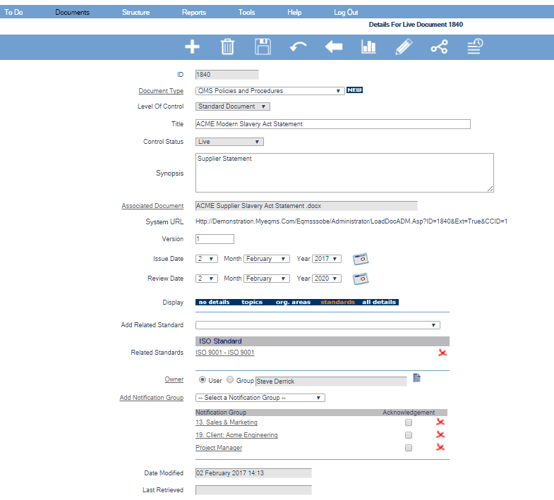
2. Equipment and assets
The physical assets and equipment your business holds are a key area of conversion for a more circular approach to resource management.
A general 'take, make, dispose' approach to business equipment is amplified by fragmented, inaccurate and incomplete data; around 70% of businesses don't have complete visibility of their asset health, making full value maximisation impossible.
Equipment, particularly heavy equipment for manufacturers and contractors, can constitute six-, seven- or eight-figure annual costs, so even small reductions in owning and operating costs with proper lifecycle management can prove lucrative.
With comprehensive equipment data, businesses can predict lifecycles rather than simply guessing - 47% of UK businesses faced with the 'repair or replace?' dilemma in the last ten years chose incorrectly, with millions of pounds of equipment replaced unnecessarily to bring production back online as hastily as possible.
Equipment maintenance software allows businesses to gain the visibility needed for efficient and circular asset management:
- A single source of equipment and asset information allows instant health visibility from tools and vehicles to machines and office technology, allowing accurate lifecycle analysis
- Automated calibration, test and review prompts ensure long-term health is regularly maintained with predictive maintenance
- Detailed maintenance histories inform repair, regeneration, recycling or replacement strategy, encouraging less wasteful asset use
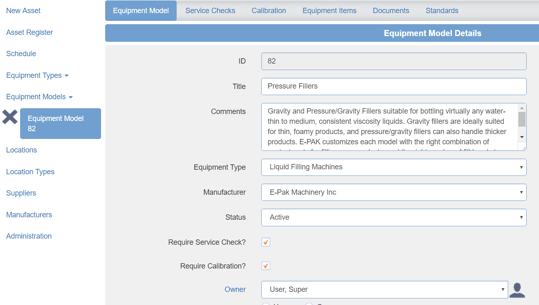
Getting the most from your equipment and assets requires data: getting under the skin of when to repair or replace will allow you to do more of the former, extending and capturing asset value and regenerating equipment which might otherwise be replaced.
3. Suppliers
The typical supply chain embodies linear resource management: supplies are passed from manufacturers down to distributors, suppliers and end users with the inevitable 'leak' as waste.
Food supply chains are particularly 'leaky', with around a third of food wasted between farm and fork.
Part of unlocking the opportunity of a circular economy rests on a rethink of the traditional supplier flow process.
Introducing recovery loops, fresh touchpoints and new service networks can put a big dent in your supply chain leak, building a more holistic and mutually beneficial link between you and your supply partners.
Consider things like:
- Can by-products be passed back along the supply chain for re-application?
- Can your procurement process be updated to increase focus on renewable, recyclable or more efficient materials?
- Can new partners be onboarded to purchase waste, by-product or recyclate?
- Can damaged/returned stock be redistributed for repair, refurbishment or reselling?
- Can your supply chain be shortened or simplified to reduce risk?
- Communication: how can you spread circular thinking to your suppliers and share your vision in a win-win format?
This will all involve robust supplier management.
Qualsys customers use Supplier Manager for end-to-end control of the supplier relationship:
- SLAs, contracts, targets and other documentation are tagged to specific suppliers for complete visibility and control
- Interactions, from documents and reviews to journal notes, are recorded for reference and relationship management
- Product records can be created and associated with suppliers for insight into material flow
- The complete supply chain is mapped for auditing and communication
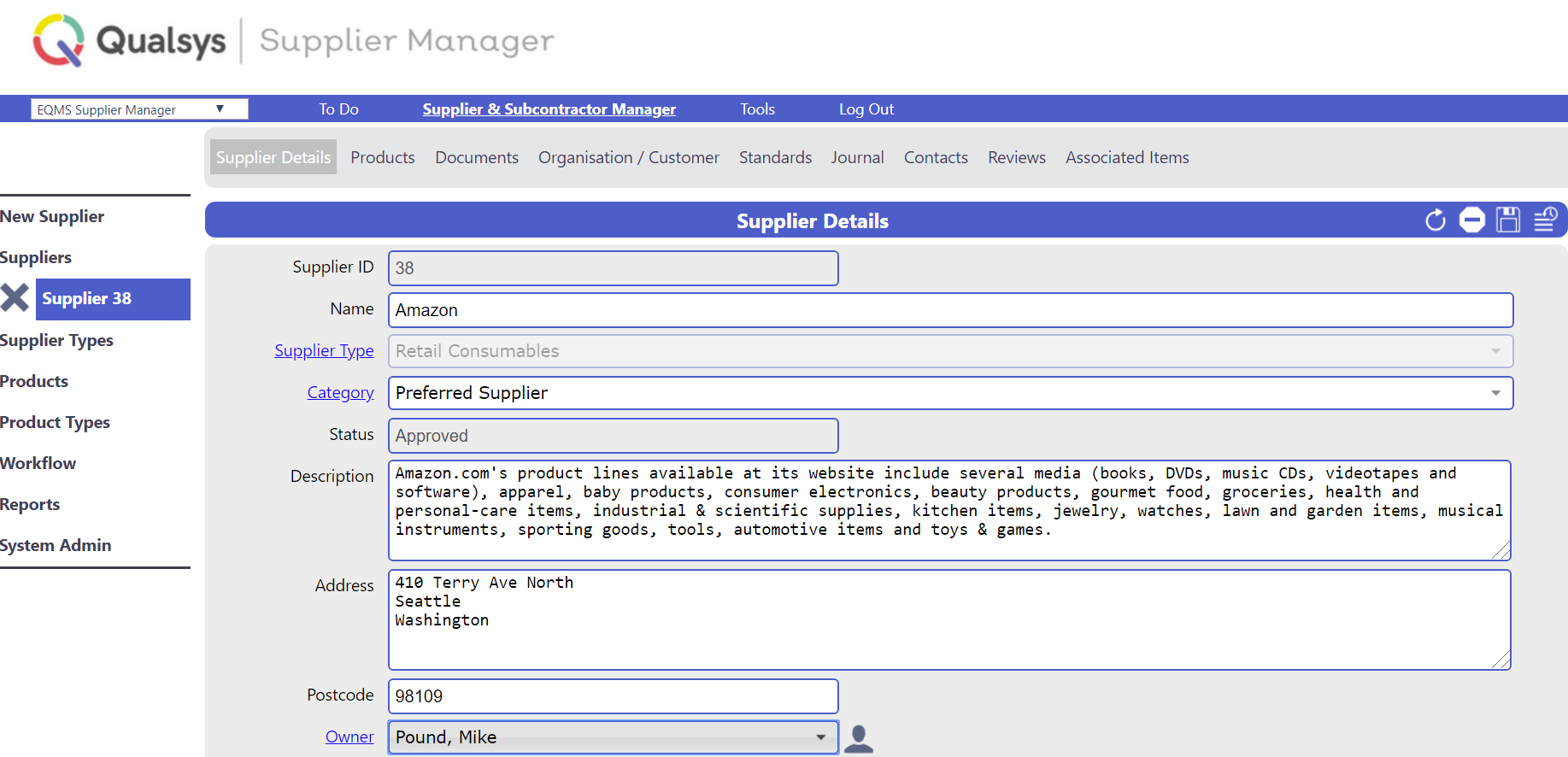
A best practice electronic framework for supplier management allows businesses to pinpoint and strategise the transition from a 'leaky' to 'loopy' supply chain, considering how each link can contribute to a more circular operation.
Greater insight and control of documentation, suppliers and equipment in tandem are crucial for businesses looking to leverage the advantages of the circular economy; as resource scarcity and environmental pressures increase, so too will the impetus toward more sustainable business models.
Next steps
Want to extend your quality management system into your supply chain? Learn how here.
Looking to manage your energy use? See how to use the Energy Savings Opportunity Scheme (ESOS) for competitive advantage here.
Or download our energy management datasheet to learn how to apply EQMS for BREEAM, ISO 50001 and ESOS compliance and slice energy wastage here:




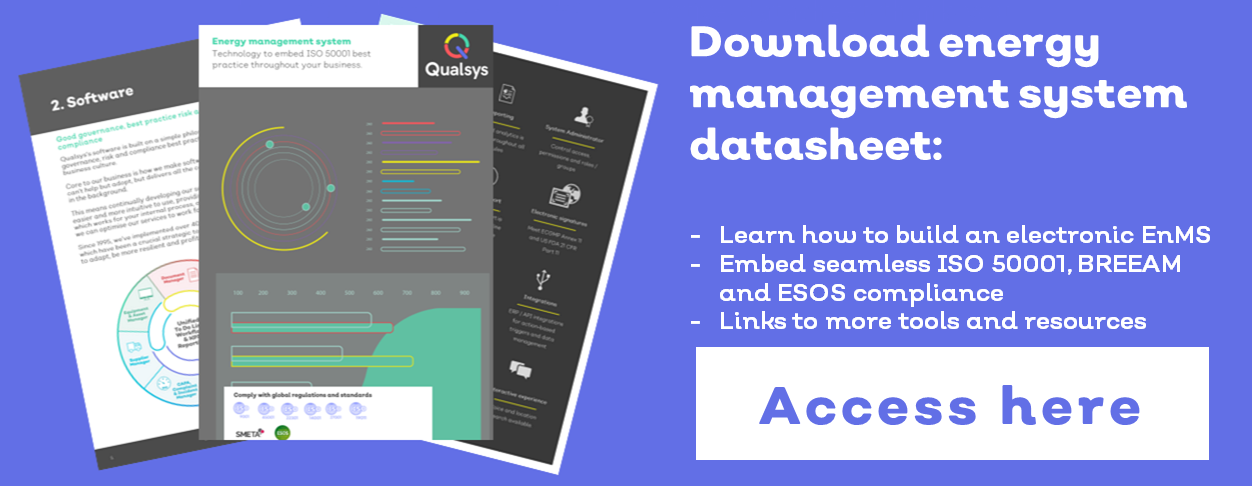
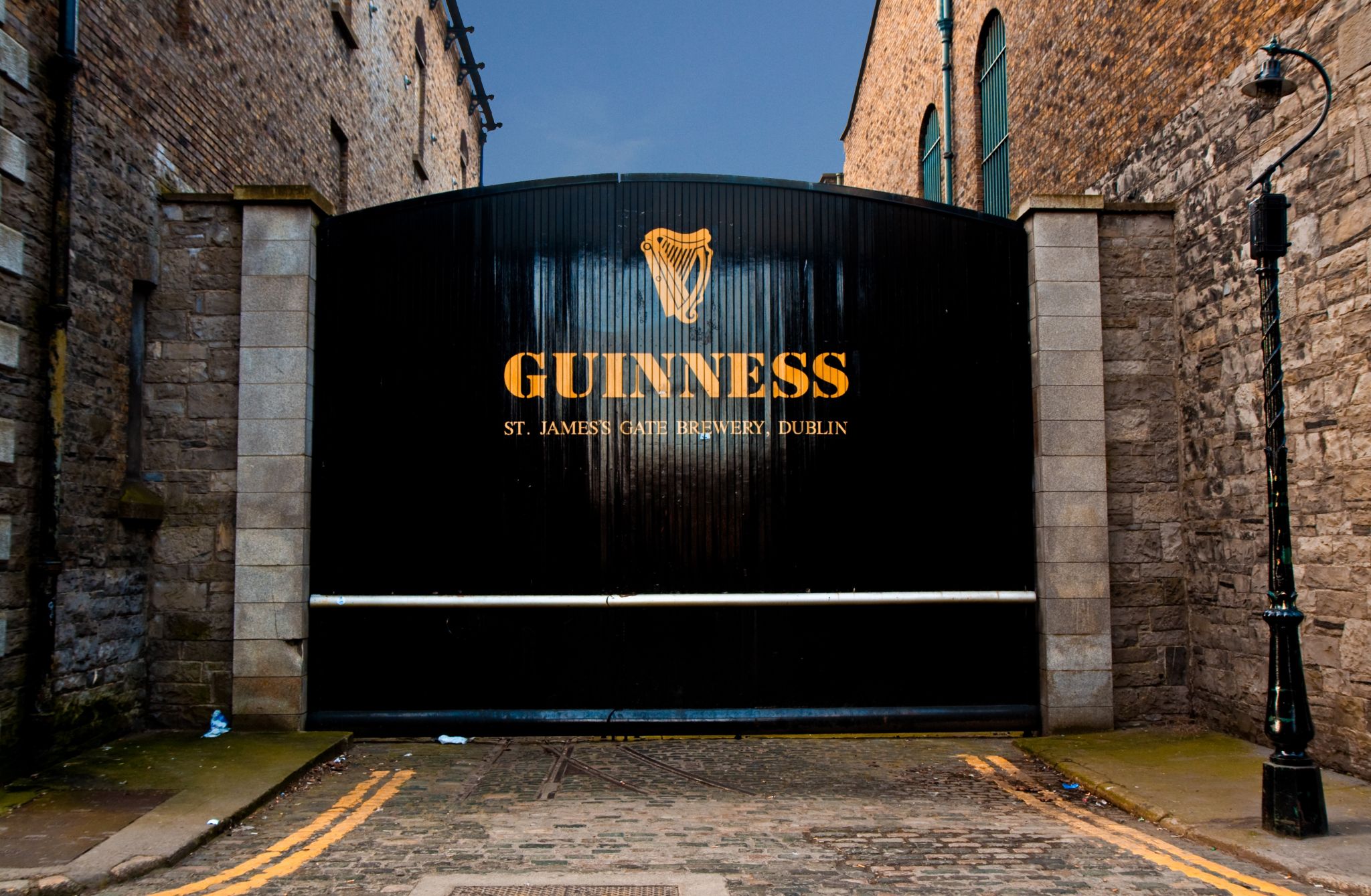


Share your thoughts on this article